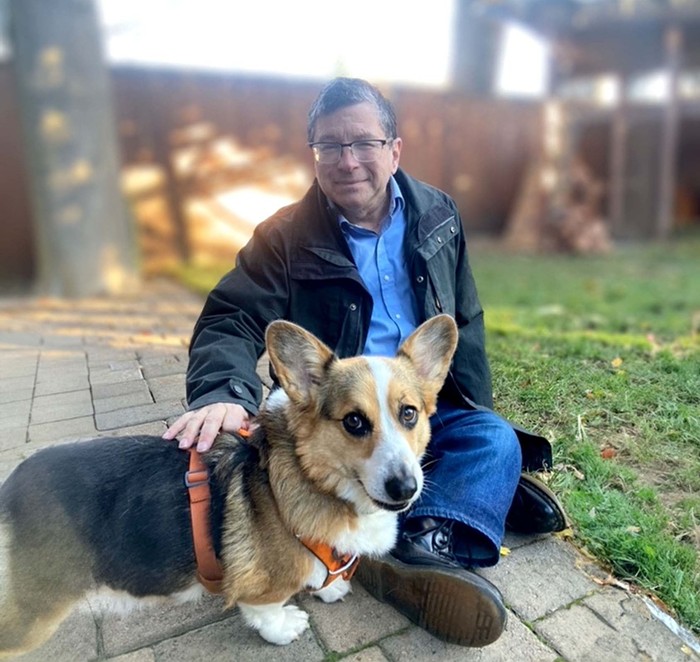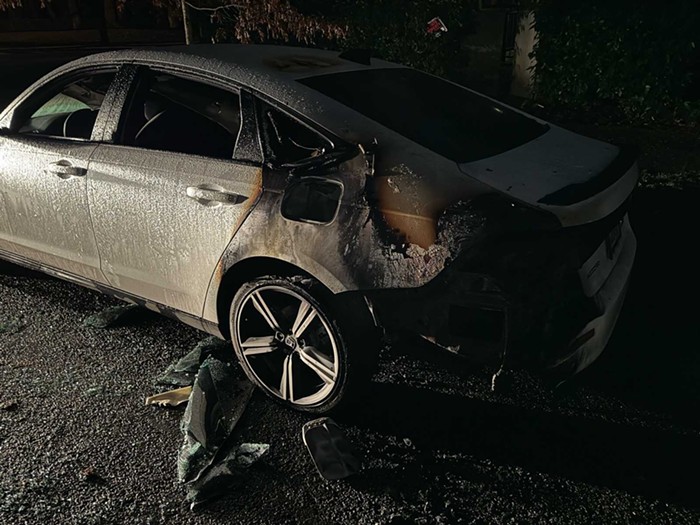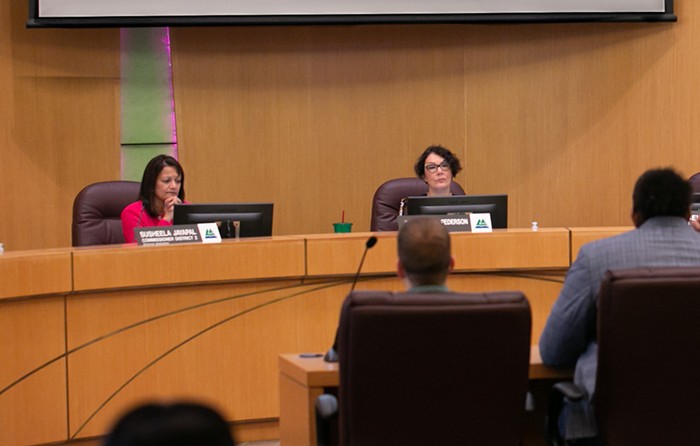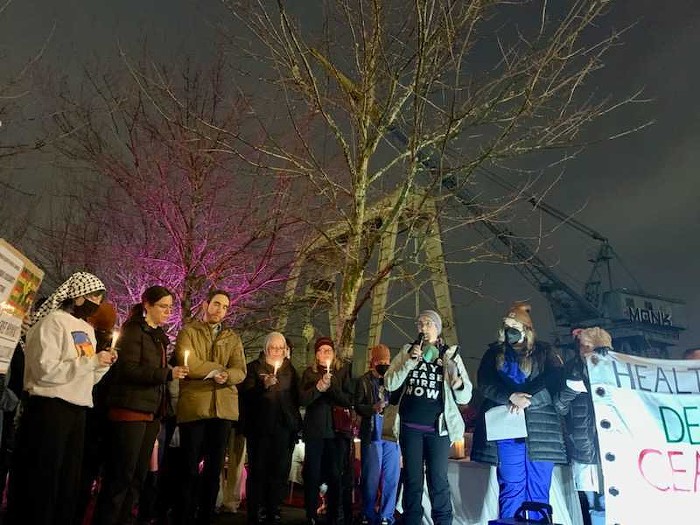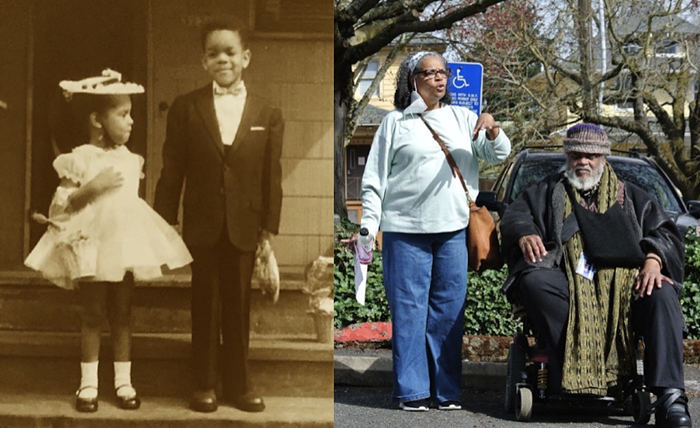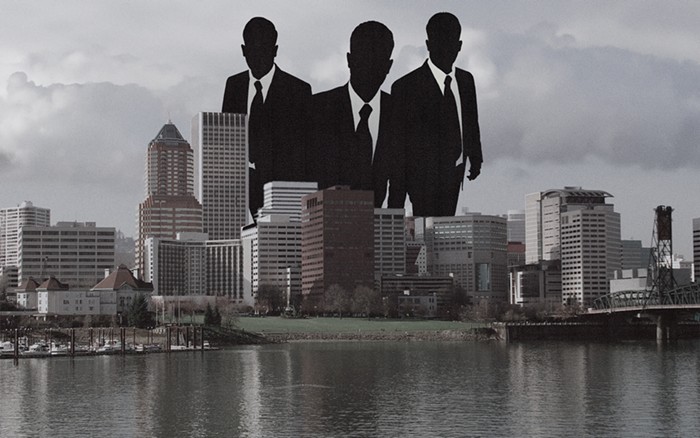The plan talks about better training programs, more diversity within the force, and the creation of two civilian boards--allegedly there to provide input and oversight.
In his presentation, Foxworth emphasized an increase in police training hours, which included courses on taser use, cultural competency, and removing "un-cooperatives" from vehicles. This is a particularly prickly issue after last March's police shooting of James Jahar Perez, an unarmed black motorist. One officer shot him three times in the torso and then another tasered the dead body.
The most specific sections of the plan set benchmarks for diversifying the police force, pledging a three to five year goal of increasing minority employment to 16 percent. (During the council hearing, Yvonne Deckard, director of the Bureau of Human Resources, spoke frankly about the challenges diversification will pose, saying the problem is not a lack of qualified candidates, but that "it has become difficult to attract people of color to work within an organization they believe treats them unfairly.")
Ironically, while the emphasis of the report was on community policing, few community members were invited to help produce the report or aid in giving testimony at council last week. However, the report does encourage community members to "be involved," know their neighborhood officers, and report crimes--not exactly hard hitting proposals.
City council unanimously approved the plan, even though it omitted several important details--omissions that may serve as indicators for the future of community policing in Portland. The report fails to consider new protocols like more community service for officers or de-escalating recent trends towards more paramilitary equipment.
Glaringly, the report also leaves out any mention of the Independent Review Committee--the primary avenue through which citizens may complain about perceived police misconduct. Over the past decade, these citizen oversight and review committees, which are intended to be watchdogs, have instead been criticized as lapdogs for the Internal Affairs Division (IAD). For example, they have no real investigative powers and cannot subpoena an officer for testimony; instead, they must rely on notes from IAD--notes they rarely challenge.
The report also failed to address new protocols for handling demonstrations. (On Monday, agreeing to pay out $300,000 in damages, the city settled 12 police brutality lawsuits from recent anti-Bush protests.)
Interestingly, mayor-elect and former bureau chief Tom Potter--who skated into office as a champion of community policing--was not in attendance at the council's hearing. Contacted later that day, a spokesperson from his transition office said that Potter hadn't read the report and would not be able to make a comment before our press time, seven days later (although he did find time to attend a public ceremony to light Rudolph's nose on the "Made in Oregon" billboard). For the second consecutive week, Potter failed to respond to our requests for comment.
Foxworth will talk about community policing at the City Club on Friday. (Governor Hotel, 614 SW 11th, 12:15 pm, $5).

